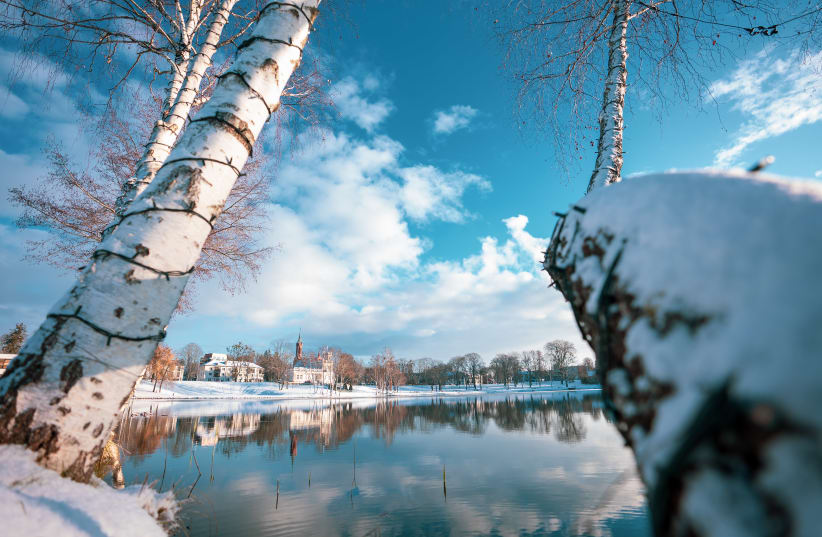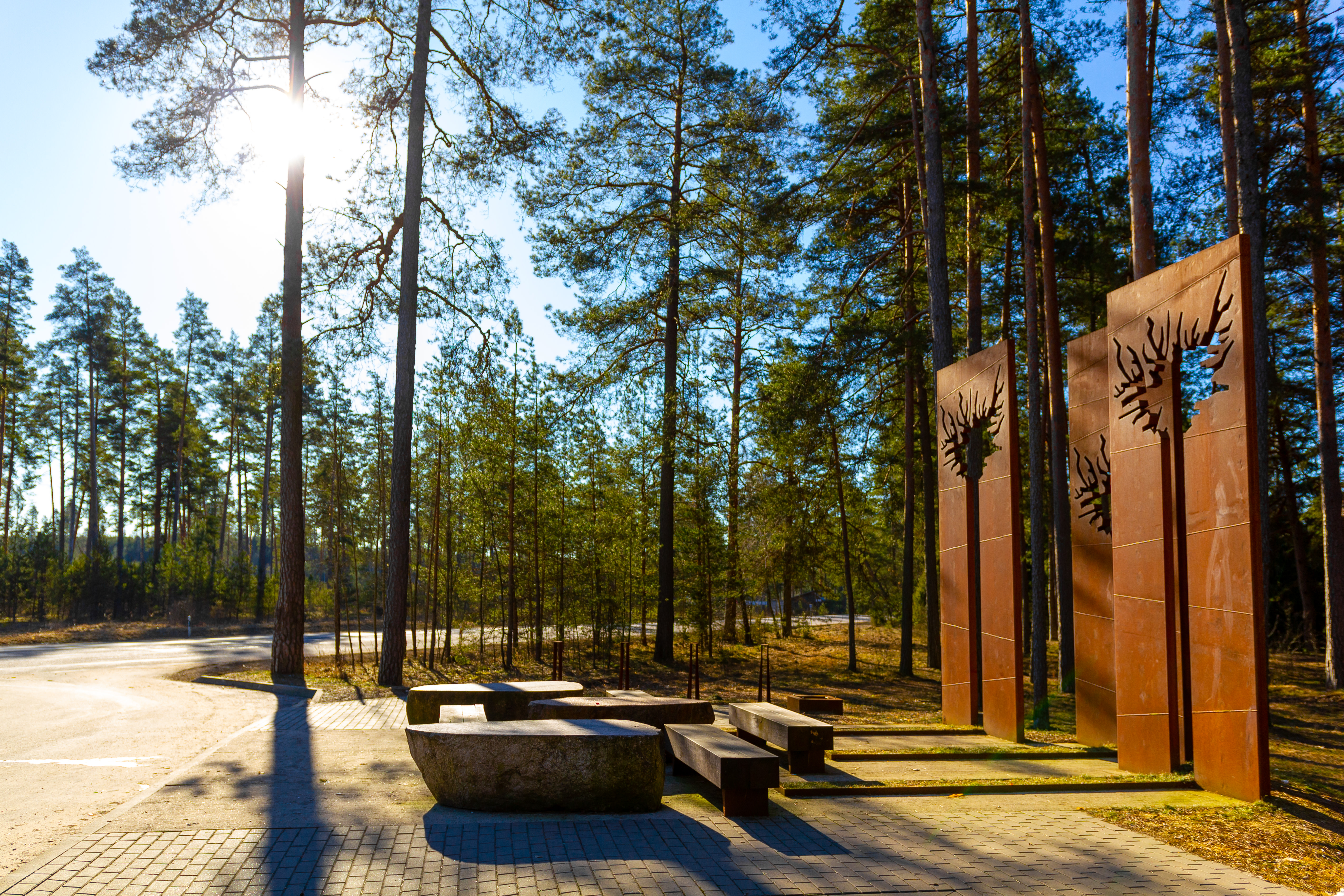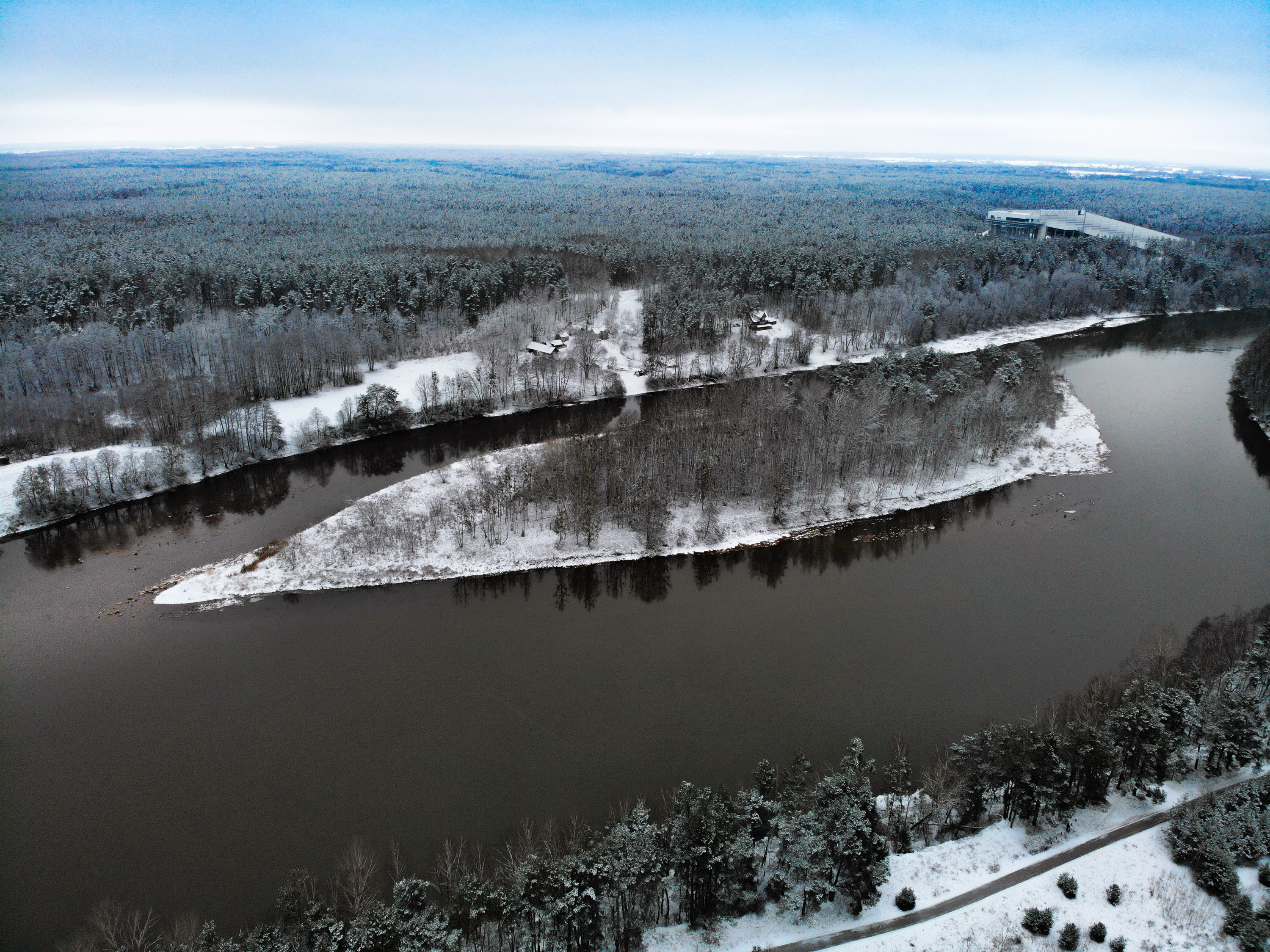Druskininkai Town, located in the very south of Lithuania, is welcoming at any time of the year, whether the summer sun is shining brightly or the ground is covered with snowdrifts. The spa town, which has long been famous for its unique natural resources, such as mineral water springs and therapeutic mud, invites to combine multifaceted relaxation at a spa with meaningful activities and entertainments.
Nature heals both body and soul
There are plenty of establishments tempting customers to treat themselves to hot sauna steam, therapeutic baths, massages, and various other health-promoting and beauty treatments in Druskininkai. Customers are welcome to enjoy relaxing treatments at a spa every day. However, those who want to colour their stay at the spa town with even brighter impressions will undoubtedly have plenty of opportunities to do so.
Druskininkai enchants with wonderful views of the nature and clean air filled with the aroma of centuries-old pine forests, so walks in the open air are equivalent to luxurious health-promoting therapy.
Those who enjoy more active pastime will appreciate not only the Nordic walking trails, but also the convenient infrastructure of the town’s bicycle paths, which is functional even in the cold season: the snow-covered paths are perfect for cross-country skiing and skis are available for renting upon arrival in Druskininkai.
Tourism specialists in the spa town also remind that the town is rich in historical and architectural heritage, moreover, multicultural traditions have been nurtured here for a long time.
Israeli tourists are particularly fond of Druskininkai (last year alone, even 62% of all travellers from this country visiting Lithuania also came to this town) and are happy to find more than one bright sign of their nation’s identity in the spa town.
Personalities grew and thrived
The name of Jacques Lipchitz, the world-famous Lithuanian sculptor of Jewish descent, representative of Cubism, is associated with the name of Druskininkai. A memorial museum was established in the spa town in 1996 to commemorate the artist who lived and worked in France, the USA, Israel, and Italy.
The path of the artist’s work and life is presented here using an anthropological perspective. Special focus is placed on the sculptor’s ties with Lithuania, which remained strong despite the iron curtain that separated the artist from his homeland.
At that time, the father of the famous sculptor was also well known to all residents and guests of Druskinkai: in 1909 Abraomas Šaevičius Lipšitsas (Lipchitz) established Hotel “Central” in the spa town. To this day it still attracts visitors with its preserved authentic architecture and exterior decor.
Jokūbas Mošė Abelow, the cantor, singer, and conductor who was born in Druskininkai and became famous throughout Lithuania for his talent, was often invited to sing in the Great Synagogue of Vilna.
Unfading pages of history
Although the history of the Jewish community in Druskininkai began as early as the middle of the 18th century, by the end of the 19th century its members already made up half of the township’s population with the majority of the community established in the centre of the spa town, near the market square.
Like in many other corners of Lithuania, Jews here were actively engaged in crafts and trade, thus significantly contributing to the development of Druskininkai, as a spa town. Historical sources say that in 1853 the first charity home was opened in Druskininkai, where Jews from the surrounding areas came for treatment, and soon a Jewish hospital opened its doors.
The community prayer house operated in the very heart of Druskininkai, on the right side of today’s Vilniaus Avenue, with Jewish shops surrounding the synagogue.
In addition to individual surviving buildings, the old Druskininkai Jewish Cemetery also bears witness to the once populous and active Jewish community in the spa town.
The Holocaust Memorial was built in Druskininkai on the site of the former ghetto during the first years of Lithuania’s independence to commemorate the tragedy of the Jews tortured and killed during the Second World War with Vilna Gaon Museum Jewish History located next to it today.
A smart assistant for travellers
Druskininkai invites travellers to embark on a journey of abundant discoveries perfect for those who not only want to touch the history of the town, but also to get to know its diverse face, to immerse themselves in meaningful activities and attractive entertainment.
Picturesque banks of the Nemunas, the largest river in Lithuania, Mizarai meteorite and crater site, witnessing the 500-600-million-year-old catastrophe, the romantic Love Island, Raigardas Valley shrouded in legends, Grūtas Park bearing witness to the Soviet legacy, the observation towers popular with travellers, which offer a magnificent panorama of Dzūkija Region, architectural gems – all this and much more is included in the routes varying in lengths and themes, so the needs of even the most demanding tourists will surely be satisfied.
The distances of sightseeing routes put together to explore the spa town and its surroundings can be covered on foot, by bicycles or by motor vehicles: the length of the longest route, which includes almost 20 sights, is as much as 93 km long, and the shortest one is only 1.5 km long.
The special app “Druskininkai legendų takais” [Druskininkai along the Paths of the Legends] (it is available for downloading here) makes it easy to choose the most suitable option for you. The smart guide offers you to choose from a variety of already put together sightseeing routes or to arrange them according to your individual needs by choosing from the abundance of proposed places of interest.
The project is financed by the European Regional Development Fund.
This article was written in cooperation with Druskininkai municipality



